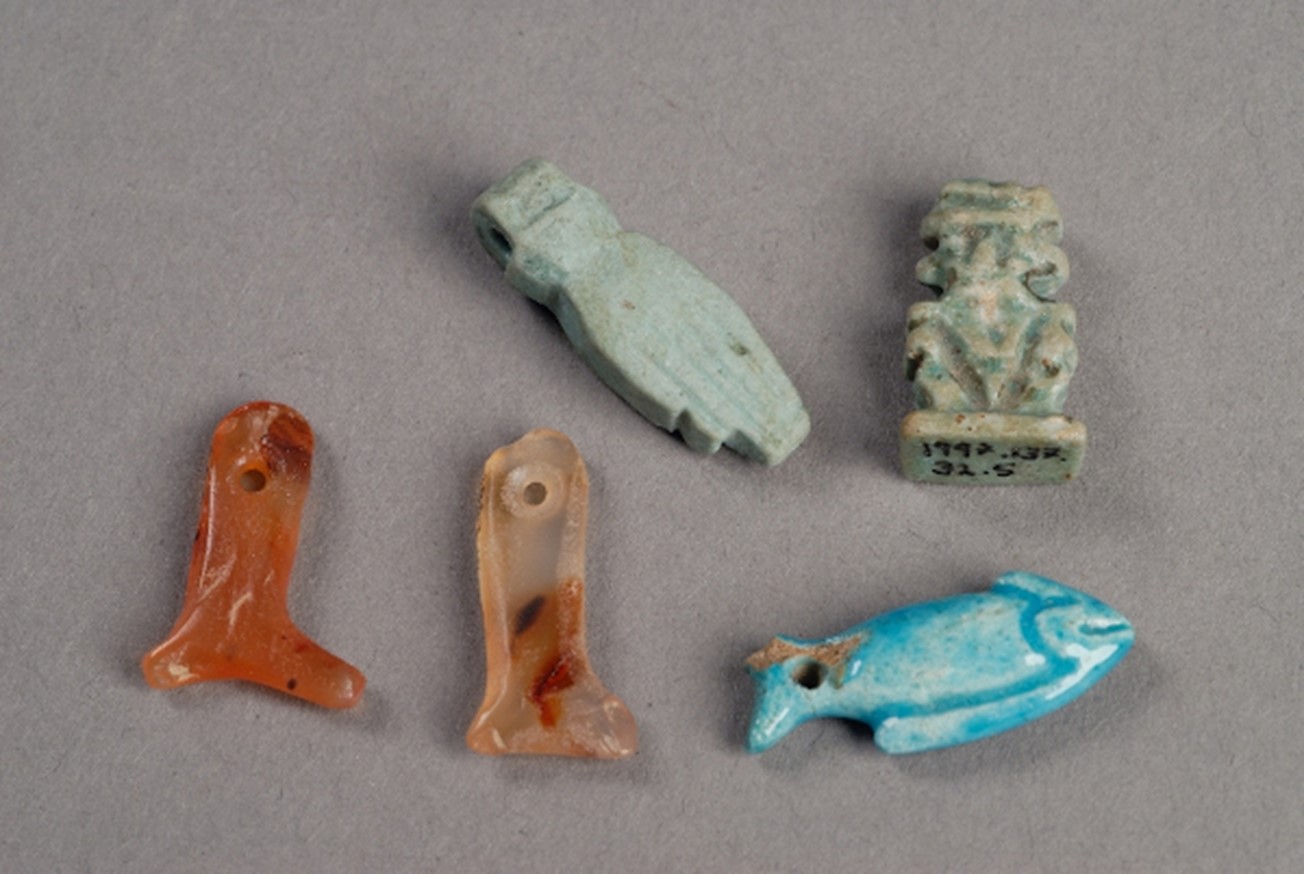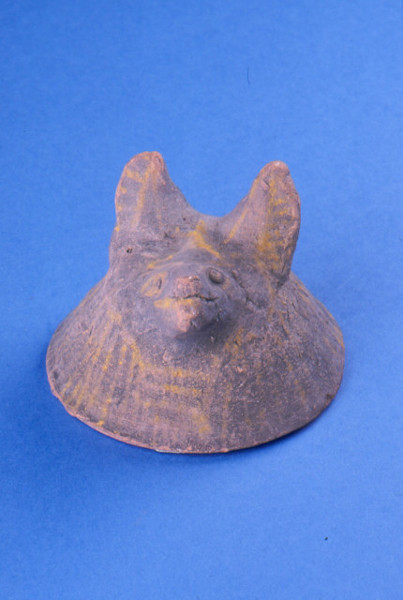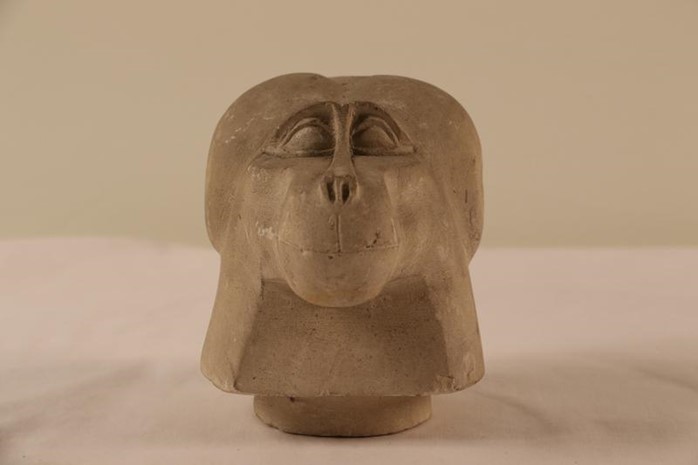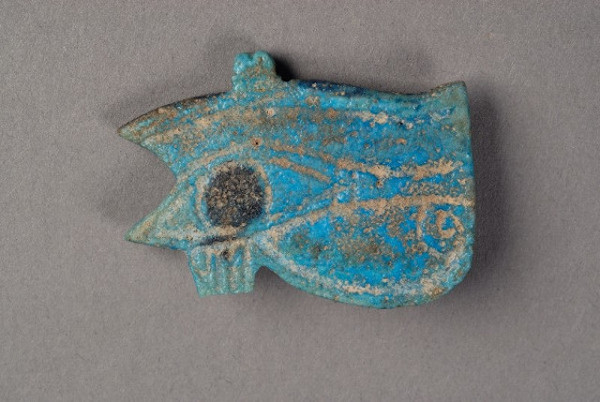Imagine you have travelled back in time many thousands of years to ancient Egypt.
In this blog, written for children and classrooms learning about ancient Egypt, meet our fictional embalmber, Nakht. Discover Egyptian funeral rites and the process of mummification, and find out how the dead were prepared so that their souls would travel safely to the afterlife.
The mummification process, step by step
Greetings. My name is Nakht. I am an embalmer. As you may know, this means I am responsible for mummifying the bodies of the dead.
Why do we do this, you ask?
In Egypt, we believe that when a person dies, their life carries on forever in the afterlife. Or, as some of us call it, the Underworld, or the Kingdom of the West.
In the afterlife, there is a wonderful place called the Fields of Yaru, a rich and beautiful land where people live forever. I believe people from your time, reader, know such a place as Heaven.
We know that when people arrive in the Fields of Yaru, they will need their body, just like they did in life. So, we mummify people to ensure that their body will last forever.
The afterlife is ruled by one of our many Egyptian gods, Osiris. We believe that Osiris was actually the very first mummy.
A royal mummification
Today, I am performing a most important task, for I have been entrusted with mummifying the body of Mosi, the Pharaoh’s son.
Sadly, Mosi was very young when he was stung and killed by a scorpion whilst playing outside. He was just six years old. These creatures can be a great danger in Egypt, so many of us keep special amulets—small statues of scorpions—in our homes. This way, we believe that the power of the gods will protect us and stop the scorpions from entering.
As you may know, the Pharaohs are our kings. As the son of Pharoah, Mosi was a prince. If he had lived, he may well have ruled Egypt himself one day.
My work takes place in a special room that we call the Beautiful House. Turning a person’s body into a mummy is difficult work, taking up to seventy days. Whilst the process takes place, it is very important that the power of the gods is present to protect Mosi at all times and ward off evil spirits of Seth. Seth is the god of all bad things, who would like nothing more than to stop Mosi entering the Fields of Yaru.
To keep Mosi safe, a priest will stay with us during the mummification. They will give prayers to Anubis, the god of embalming. We know Anubis as the First of the Westerners, and as the Lord of the Sacred Land. Many of our gods take on animal heads, and Anubis has the head of a jackal, a fierce wild dog that is common in our lands.

Amuletic figures, clockwise from top-left: a faience hand, a green faience figure of the god Bes, a blue faience fish, a stone leg, and a carnelian leg. (REDMG : 1997.137.32.1-5)
Removing the organs
When we mummify a body, we remove the person’s innards and organs. There are some organs that we keep with the body, for we believe they will be needed in the next life. Others, we do not.
To begin with, we remove the brains of the dead person through their nose. This is done by a special hook being pushed up each nostril, which requires a very steady hand. The brains are not kept as we believe they have no use for the person in the next life. The dead person's mouth is cleaned and then filled with scented linen cloths.
Next, a slit is made along the left side of the person's body so that the innards can be removed. The organs that are kept are the heart, lungs, stomach, liver and intestines. The heart is cleaned, wrapped in scented linen cloths, and put back into the body, because it is needed for a most important test that the dead must pass in order to enter the afterlife. I shall tell you more about this important task later on.
The dead person’s body is then cleaned out and filled with bags of natron, which is like salt, and named after Wadi El Natrun, the valley in which it was mined. Using natron dries out and preserves the body so that it will last forever and be able to be used once more in the next life.
We also use natron to preserve the lungs, stomach, liver and intestines. They are then placed into special jars, known as canopic jars, to further protect them from the evil spirits of Seth.

This canopic jar lid, shaped in the form of a jackal's head, represents Duamutef, one of the sons of Horus. The jar for this lid would have held a person's stomach. (REDMG : 1958.36.1)
Protection comes from the sons of Horus, another of our gods. Horus is the son of Osiris and has the head of a falcon. In the same way, his sons also take on different forms, and the lids of the canopic jars are made to look like their heads, so that they may guard the dead person’s organs and keep them safe from Seth. There is Hapi, with the head of a baboon, who guards the lungs. Duamutef, with the head of a jackal like Anubis, protects the stomach. Imseti, who has a human head much like that of a pharaoh, watches over the liver. And Qebehsenuef, with the head of a falcon like his father Horus, keeps watch on the intestines.

This is the lid of a canopic jar found at Abydos, Egypt. These jars contained organs removed from dead bodies during mummification. This one is in the shape of a baboon’s head. (REDMG : 1958.40.1)
Drying the organs
The rest of the body is then covered in natron and left for forty days. As time passes, the natron dries out the body which slowly changes colour into a dark black, like the colour of tar. There is a Persian name for the special tar that we use in Egypt, called mummia. And yes, that is where our word 'mummy' comes from.
After the forty days have passed, the bags of natron are taken out of the body and it is stuffed again with more scented linen cloths and sometimes dried grasses. If we did not stuff the body, it would go flat, and we are sure that poor Mosi would be most unpleased if he was given a flat body for eternity. The slits are then sewn up, the skin is covered in a resin to keep it firm and protected from water, and the body is wrapped in scented linen bandages. These bandages are also covered in resin to keep out water, stop them from sticking to each other, and prevent them from coming off.
Wrapping a body in bandages can take up to fifteen days, depending on the size of the body. In your terms, I understand it takes 150 metres of linen to wrap up Mosi. And remember: that is a lower number than average, for his body was small as he was so young. Perhaps you could try to find out just how long 150 metres is, to see just how much we needed. We believe it is about one and a half of your football pitches today!
Finally, amulets filled with prayers and spells are kept with the body to protect the dead on their journey to the afterlife. These take many different shapes. One would be shaped like a scarab to protect the heart and to help with rebirth. One would be in the form of a pillar, granting strength. There would be the Eye of Horus, also known as the wedjat eye, to restore health. And, finally, there could be an ankh, which looks a little like a cross and is a symbol for life. An ankh can only be placed with the body of a royal person, which, of course, Mosi was.

This wedjat eye amulet represents the left lunar eye of Horus, which was believed to have regenerative powers. These amulets were commonly placed with mummy wrappings for that purpose. (REDMG : 1966.150.7)
Bringing the body to the tomb
With the ceremony of embalming and mummification complete, the body will be taken in a procession to the family’s tomb. For the richer people, and for royalty such as Mosi, their families will have already built their fine tombs ready for them to use, maybe cut into the hillside, or deep within the huge pyramids themselves.
Not all Egyptians are buried in a tomb, however. For we common people, things are much simpler. When I die, my family will take my body out to the desert where it will be buried in the sand and covered with stones to protect it. The sand will dry out my body, as the natron would, so that it will last forever and I may use it in the afterlife. Some of my belongings will be buried with me too so that I may take them with me to use.
When the procession reaches the tomb, Mosi’s body will be placed inside during a special burial ceremony. Perhaps you would call such an occasion a funeral.
As part of this ceremony, gifts for Mosi and many of his belongings are placed into the tomb so that he may use them in the next life. To show his great wealth and power, many of his fine jewels will also be buried with him to use again. Additionally, small figures of people we call shabtis are placed with the body and in the tomb where the body will be buried. This is so that the dead will have people with them in the afterlife, such as servants to help them, people to talk to, and even friends to play with. Many Egyptians have their favourite pets mummified when they die, so that they may be with them in the afterlife, too.

This Egyptian mummified cat was x-rayed at the Royal Berkshire Hospital. A video of the work was made for a Meridian TV show in February 1997. (REDMG : 2007.1101.1)
The walls inside the tomb will be painted with beautiful pictures. These will show images of the gods, life in Egypt, and many of our writings that we call hieroglyphs. Take a look at some real hieroglyphs from the museum’s collection.
Before Mosi's body can be placed in the tomb, the Opening of the Mouth Ceremony must be performed. This is to allow his spirits, his Ka and his Ba, back into his body.
The Ka brings life back to his body so that, in the afterlife, Mosi may move, talk, see, hear and do all the things he once did. The Ba is a person’s character, their personality. Think for a moment of all the things that make you, you. Such as the things you like and dislike. The things that make you happy, or the things that make you sad. If we did not have these thoughts and feelings inside us, we would not be ourselves.
After this final ceremony is performed, the body can be placed into the tomb inside a sarcophagus, or a coffin as you would know it. Two masks are placed over his face: a green mask as a symbol for the green grass of rebirth and new life in the Fields of Yaru, and a death mask in Mosi’s own image, symbolising the life he led in this world.
Have a go at making your own sarcophagus using our online colouring resources.
The journey to the afterlife, the Kingdom of the West
With the person and all his belongings safely inside, the tomb is sealed. This marks the beginning of the person's journey to the afterlife.
In Mosi's case, we believe that his spirit will be called from his tomb to begin its journey. Under the watchful protection of the gods, Mosi must travel on a funeral boat along a dangerous river filled with evil spirits of Seth. He carries with him the Book of the Dead which has in its pages spells and prayers that he can recite to protect himself.
At the end of this difficult and dangerous voyage, Mosi will arrive at the Hall of Judgement and, within it, the Hall of Truth.
There, Mosi will meet Osiris himself, seated on the throne, and he will be questioned by many judges about his life in this world and if he believes he has done anything bad or evil that might stop him entering the Fields of Yaru. Mosi may claim to have led a good and honest life. However, to see if he is telling the truth, the final test is yet to come.
The final challenge: the Hall of Judgement
You may remember earlier that I said that the dead person’s heart would be needed for a most important test. In this, the heart is placed on one side of a great set of scales. On the other side is placed the Feather of Truth. The two are now weighed against each other. If the Feather of Truth is heavier or if they balance, then it means that Mosi has told the truth and led a good and honest life worthy of a place in the Fields of Yaru. But if the heart is heavier than the feather it means he has lied, the guilt weighs heavy on his heart, and it is fed to the fearsome Amet the Devourer, who is part hippo, part lion, and part crocodile. This prevents the person from entering the Fields of Yaru.
However, do not fear. From what I know of Mosi, he was a kind and much-loved boy. I have no doubt that he will pass this final test so that he may pass safely into the Fields of Yaru, where he will live forevermore...
Thank you for joining us today
There are many ways that you can explore and learn about ancient Egypt on the Reading Museum website. Learn about the sacred animals of ancient Egypt, check out our online resources, or learn more about our opportunities for schools at Reading Museum, available for schools around the world online and in person.





